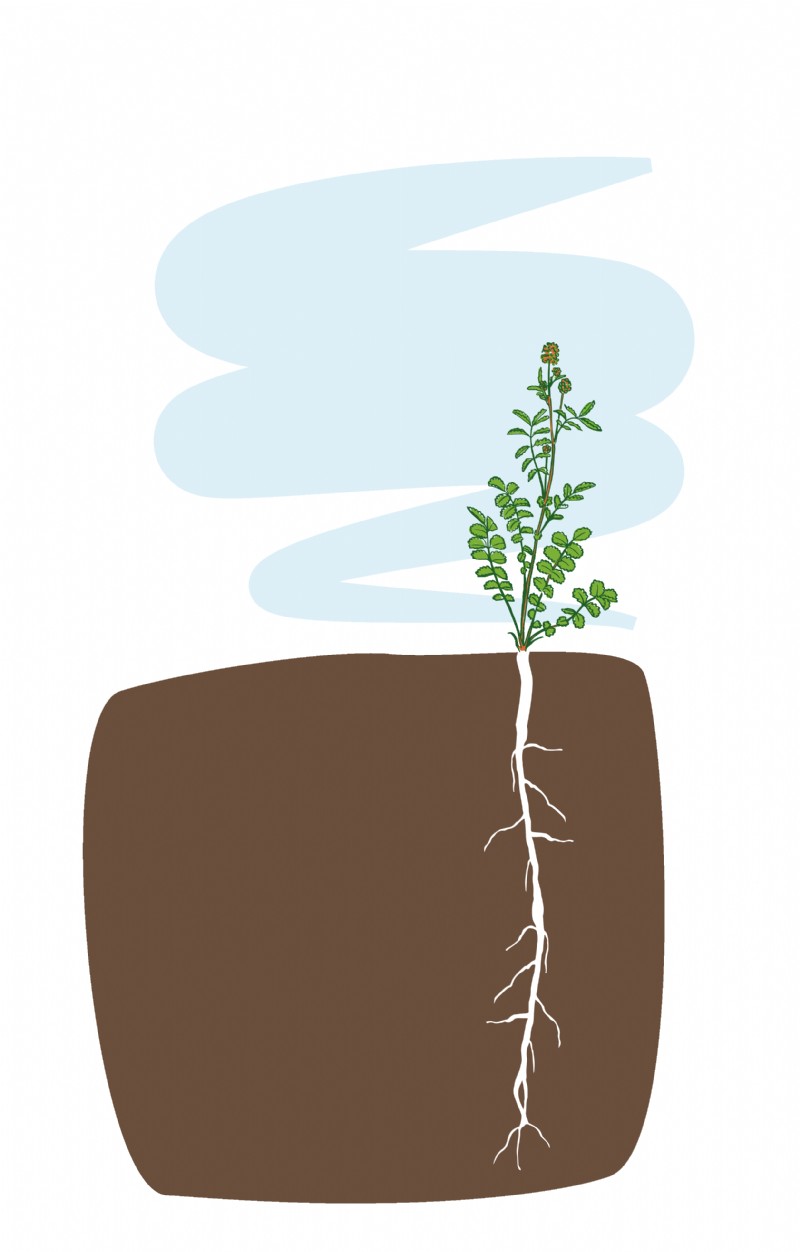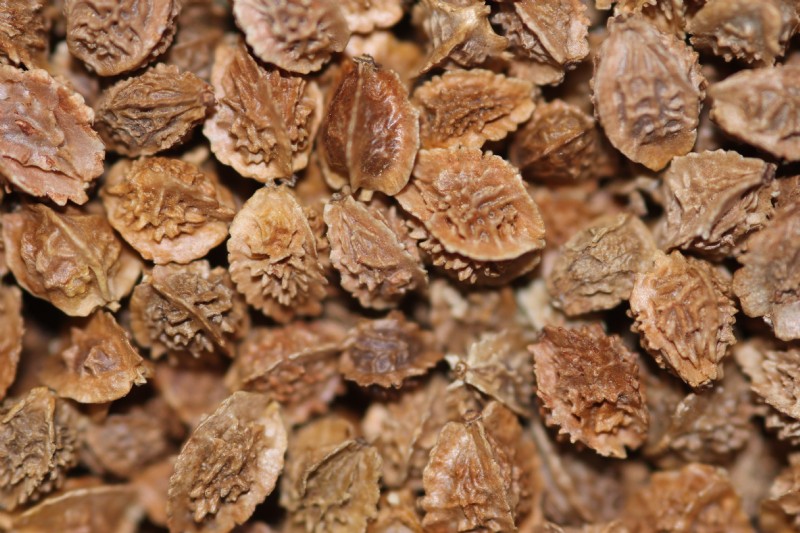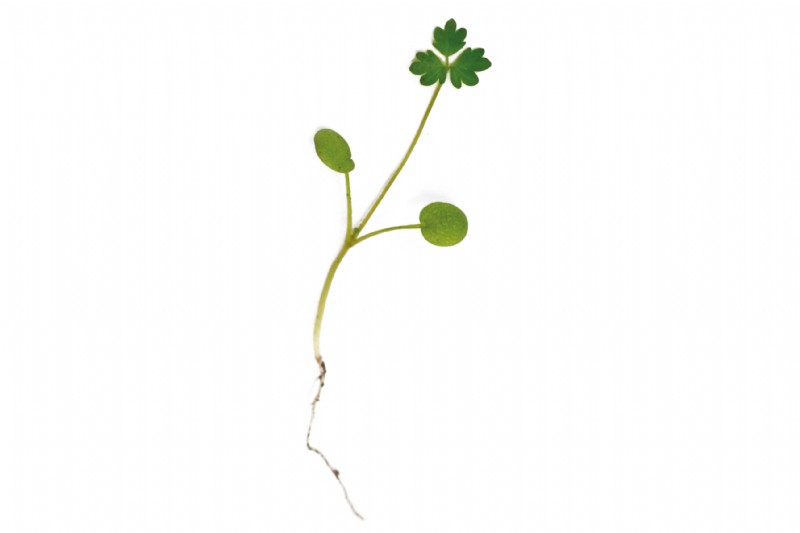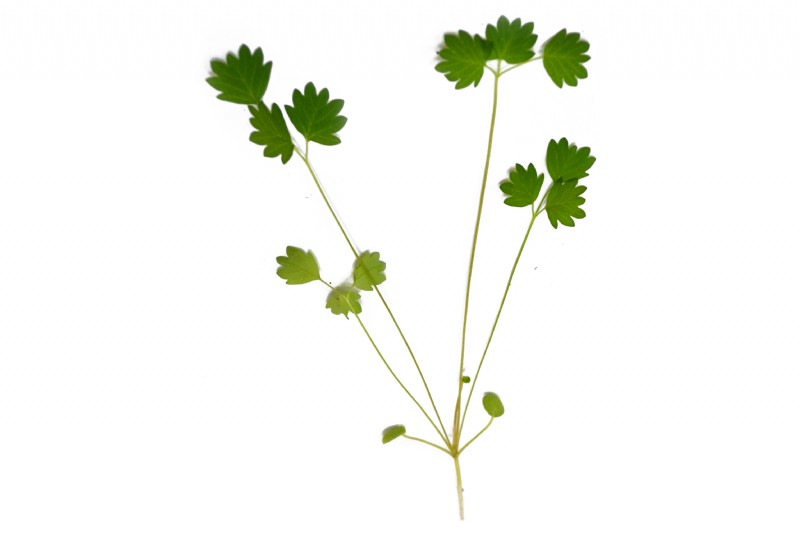Burnet
Burnet is a forage herb, It is noted for having deep tap roots, which helps it remain green on thin, dry soils. It is also early to grow in the spring, contributing to forage in late March to April.
Uses
Generally used as a constituent of diverse grazing swards, to improve drought tolerance and mineral content.
Persistence
This is a perennial species, although it can disappear from a sward if over grazed during its establishment stage.
Strengths
Burnet is commonly mixed with sheep's parsley, yarrow and ribgrass to increase diversity and lift trace elements from deep within the soil profile. It has a high grazing quality and a long season. It is not advised to be sown as a pure stand, but is a healthy addition to grazing pastures.
Frost Tolerance
Good frost tolerance.
Sowing Rate Advice
9kg per acre / 22.5kg per ha.
Not normally sown as a pure stand.
Mixture Sowing Rate Advice
1kg per acre - 2.5kg per ha.
One of the larger forage herb seeds, so a robust inclusion is needed in mixtures to transfer to a sufficient amount of plants in the field.
Ideal Sowing Time
It can be sown from spring until autumn, although late autumn sowing is not recommended.
Management
Over grazing when young, or excessive grazing during establishment may reduce the plant population.
Distinguishing characteristics
Seed
An oval shaped, angular seed, with 4 obvious raised fins, running along its length from end to end. It is a fawn to light brown colour, with an obvious rough textured surface.
Generally the largest forage herb seed, its 3 - 4mm in length.
Seedling
The seedling produces two rounded to oval cotyledons on shorts stalks, before going on to produce the first almost trifoliate shaped, toothed, first true leaf.
Flowering Plant
Usually a pale to dull green coloured plant.
Burnet has easily distinguishable concertina shaped leaves arranged in pairs on a darker coloured reddish, brown centre stalk, each leaflet has toothed margins and a defined midrib.
The densely packed flower heads terminate on long curving stalks, oblong in shape and crimson in colour, smooth before fully flowering.
It grows from a basal rosette and will eventually form tufted, upright erect stems.
A deep rooting species, developing strong taproots.
Additional Info
Flowers from June to September. Average seeds per kg - 120,000.
Works well with
Commonly mixed with sheep's parsley, yarrow and ribgrass as a herbs addition to grass mixtures.You can find Burnet in the following mixtures
- Herbs Mixture
- Herbal Over-Seeding Mixture (CSAM3/SAM3)
- Herbal Over-Seeding Mixture 70% Organic
- 'HERBAL' Grazing Ley - Four Year Drought Resistant Ley
- ‘HERBAL’ Grazing Four Year Ley 70% ORGANIC
- Herbal Heavy Land Ley - for Medium and Clay Soil
- Herbal Heavy Land Ley - for Medium and Clay Soil - 70% ORGANIC
- ‘LAMINS’ Drought Resistant Four Year Grazing Ley Dry, Light Land
- ‘LAMINS’ Drought Resistant Four Year Grazing Ley 70% ORGANIC
- Natural Pony Paddock - with Herbs & No Ryegrass
- Natural Pony Paddock - 70% ORGANIC
- Final Trimester High Nutrient Boost - Strip Grazing
- Light Land Legume & Herb Rich Sward (GS4/SAM3/CSAM3)
- Heavy Land Legume & Herb Rich Sward (GS4/SAM3/CSAM3)
- Light Land Legume & Herb Rich Sward (OP4/SAM3) 70% Organic
- Heavy Land Legume & Herb Rich Sward (OP4/SAM3) 70% Organic
- Diverse Over-Seed Heavy Land or Cutting Mix (CSAM3/SAM3)
- Diverse Over-Seed Heavy Land/ Cutting Mix 70% Organic
- Stockless Arable 'High Clover' Fertility Builder (CSAM3)
- Stockless Arable 'High Clover' Fertility Builder 70% Organic
History
Noted in the 1700s, when grazed by dairy cows it enhanced the flavour of both butter and cheese.








